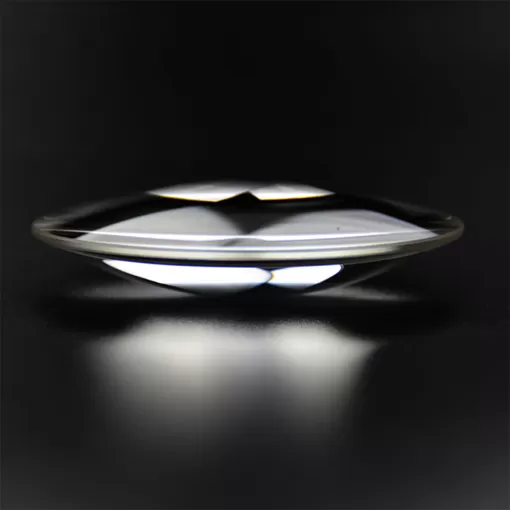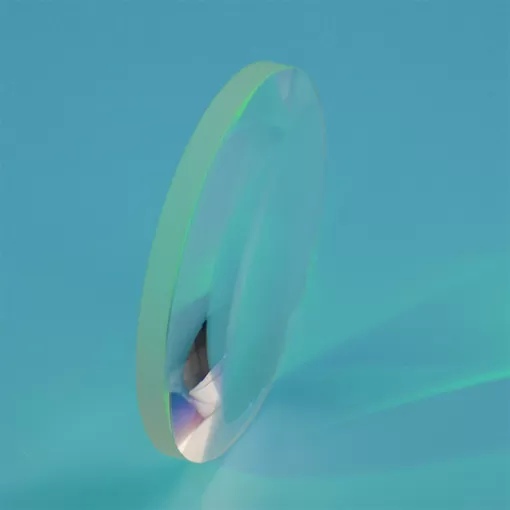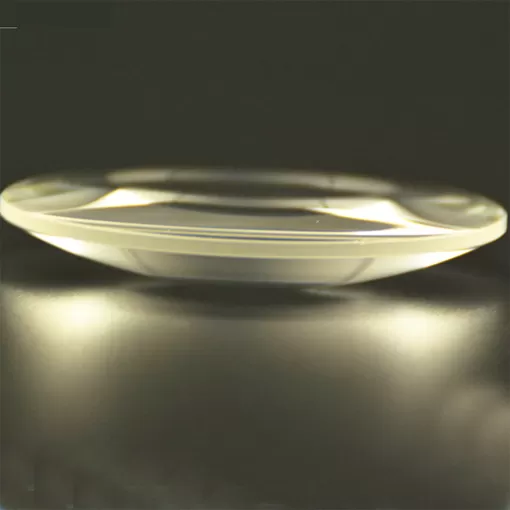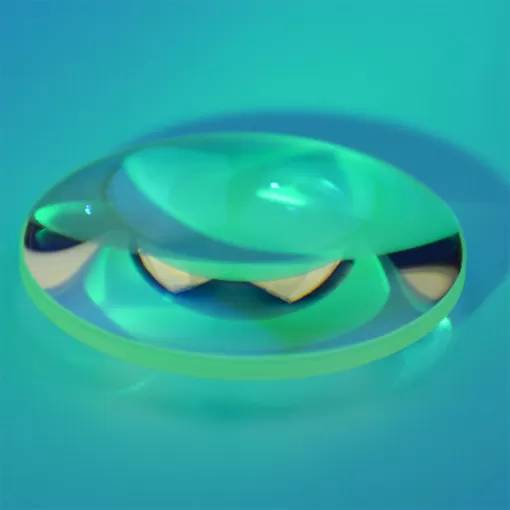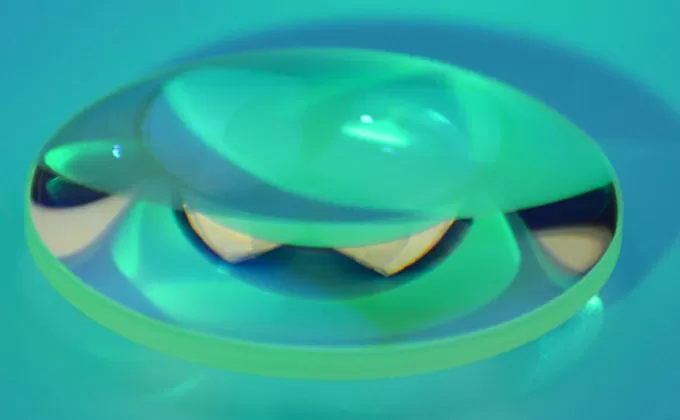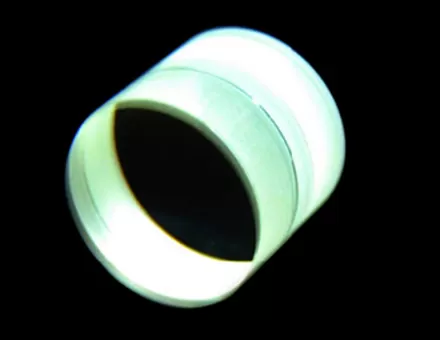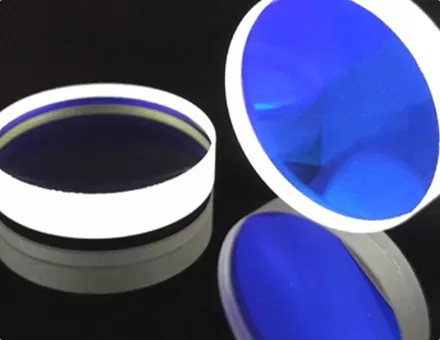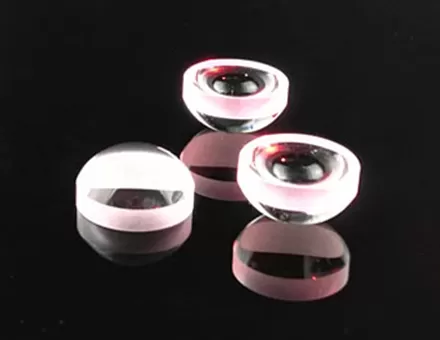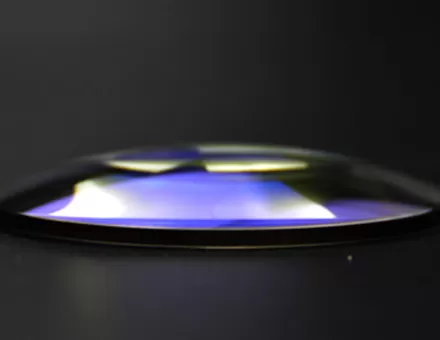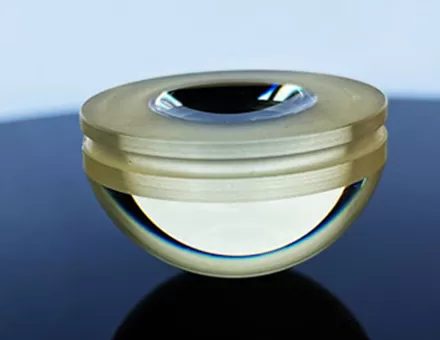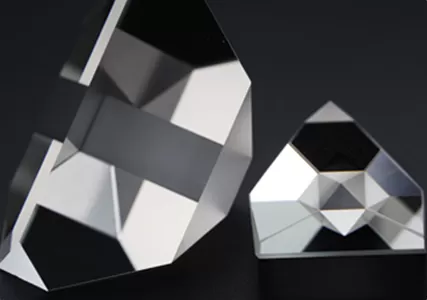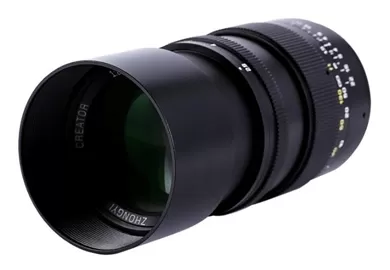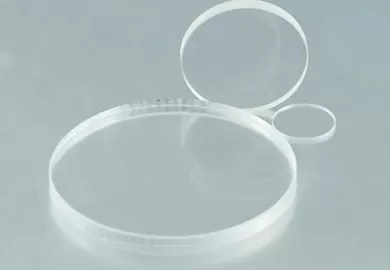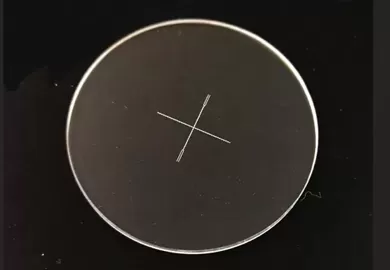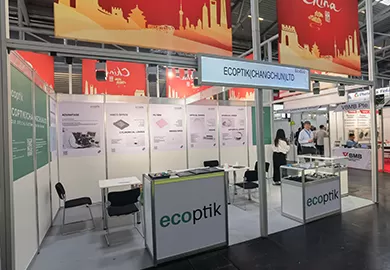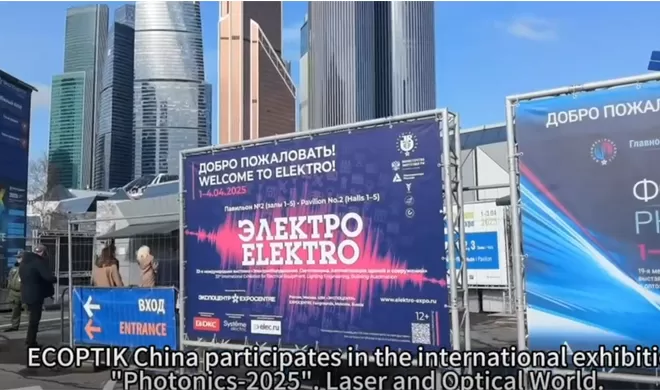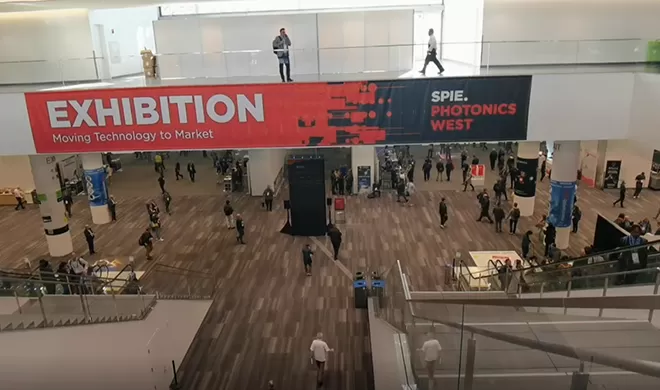The double convex lens/mirror is symmetrical across both its horizontal and vertical axis. Each of the lens's two faces can be thought of as originally being part of a sphere. The fact that a double convex lens/mirror is thicker across its middle is an indicator that it will converge rays of light that travel parallel to its principal axis. A double convex lens/mirror is a converging lens. A double concave lens/mirror is also symmetrical across both its horizontal and vertical axis. The two faces of a double concave lens can be thought of as originally being part of a sphere. The fact that a double concave lens is thinner across its middle is an indicator that it will diverge rays of light that travel parallel to its principal axis. A double concave lens/mirror is a diverging lens. These two types of lenses - a double convex and a double concave lens/mirror will be the only types of lenses that will be discussed in this unit of The Physics Classroom Tutorial.
If you want to get the double convex lens price, please feel free to contact us.

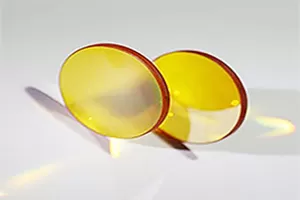
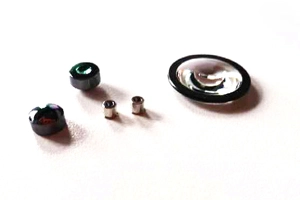

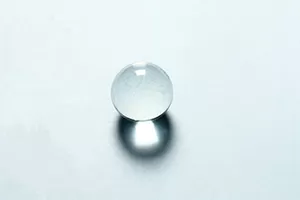
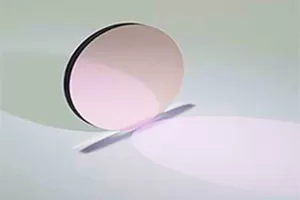
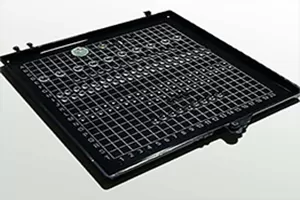

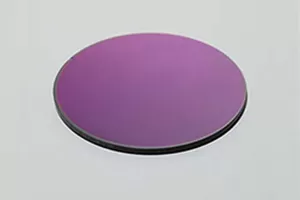
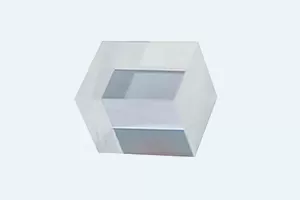
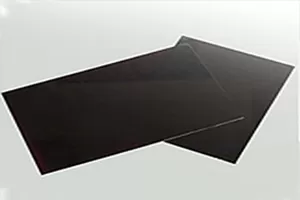
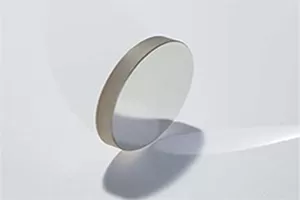
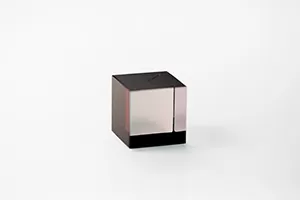
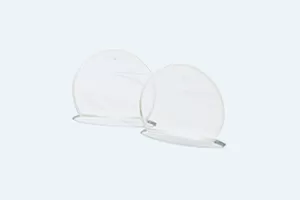
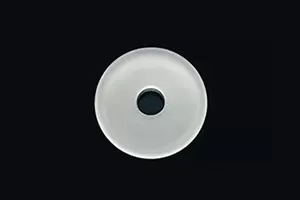
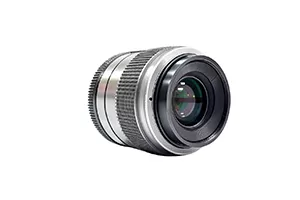
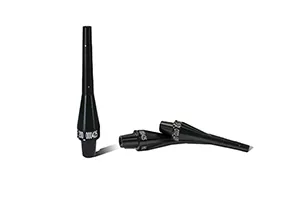
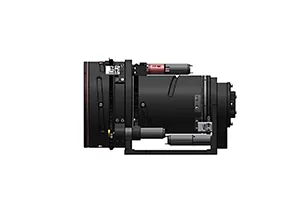
 EN
EN
